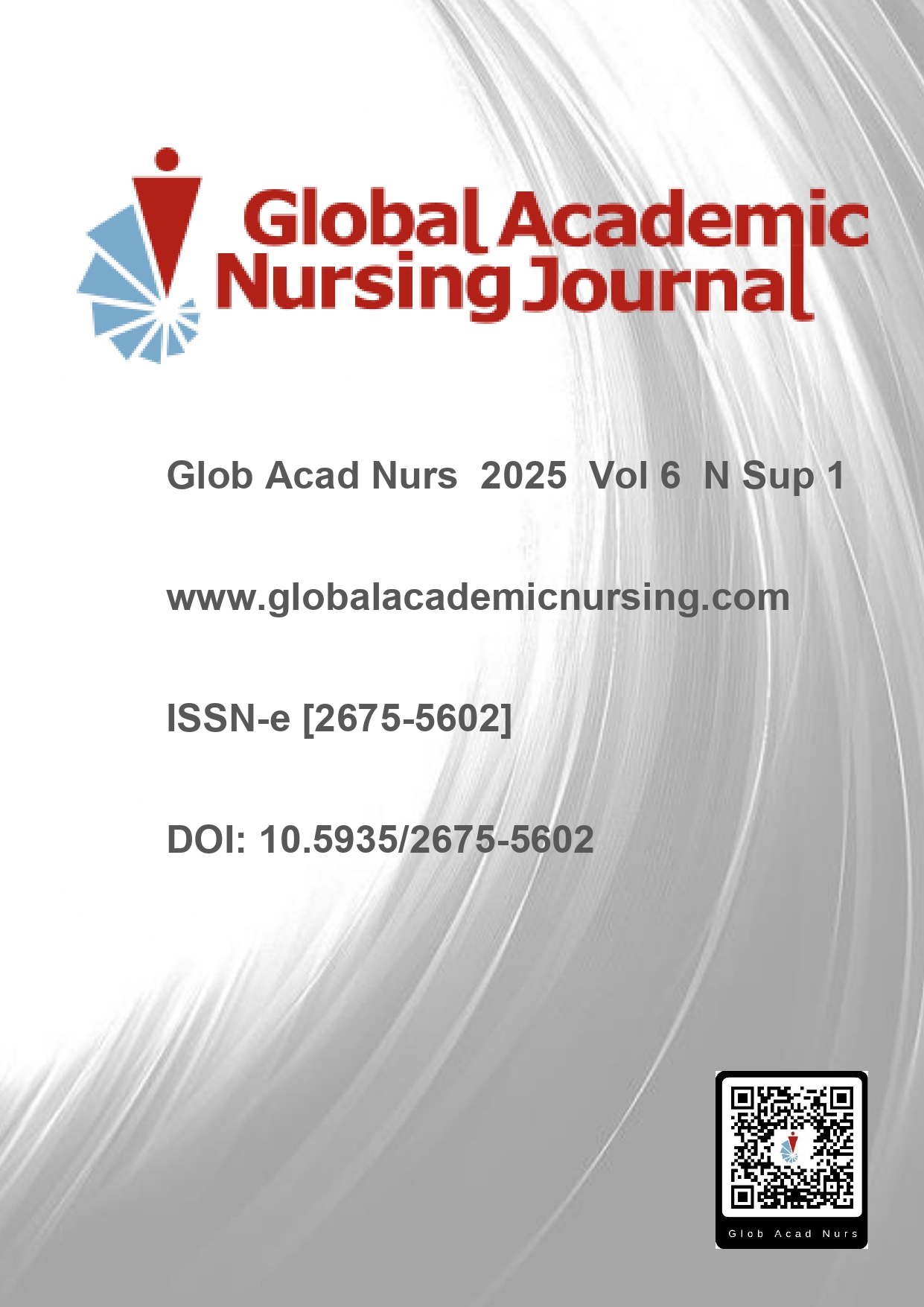Abstract
This paper aims to explore the advantages and benefits of “dancing molecules” discovered in Dr. Stupp’s studies in the context of spinal cord injury recovery. We will delve into the underlying mechanisms of this technology, review the latest preclinical and clinical research findings, and discuss the potential implications for future treatments. By examining this cutting-edge development, we hope to highlight the transformative potential of those molecules and their role in advancing the field of regenerative medicine for spinal cord injuries.
References
Hu X, Xu W, Ren Y, et al. Spinal cord injury: molecular mechanisms and therapeutic interventions. Signal Transduct Target Ther. 2023;8(1):245. doi:10.1038/s41392-023-01477-6
Álvarez Z, Kolberg-Edelbrock AN, Sasselli IR, et al. Bioactive scaffolds with enhanced supramolecular motion promote recovery from spinal cord injury. Science. 2021;374(6569):848-856. doi:10.1126/science.abh3602
Pavlović RZ, Egner SA, Palmer LC, Stupp SI. Supramolecular polymers: Dynamic assemblies of “dancing” monomers. J Polym Sci. 2023;61:870–880. https://doi.org/10.1002/pol.20230115
Freeman R, Han M, Álvarez Z, et al. Reversible self-assembly of superstructured networks. Science. 2018;362(6416):808-813. doi:10.1126/science.aat6141
Edelbrock AN, Clemons TD, Chin SM, et al. Superstructured Biomaterials Formed by Exchange Dynamics and Host-Guest Interactions in Supramolecular Polymers. Adv Sci (Weinh). 2021;8(8):2004042. doi:10.1002/advs.202004042

This work is licensed under a Creative Commons Attribution-NonCommercial-NoDerivatives 4.0 International License.
Copyright (c) 2025 Global Academic Nursing Journal

